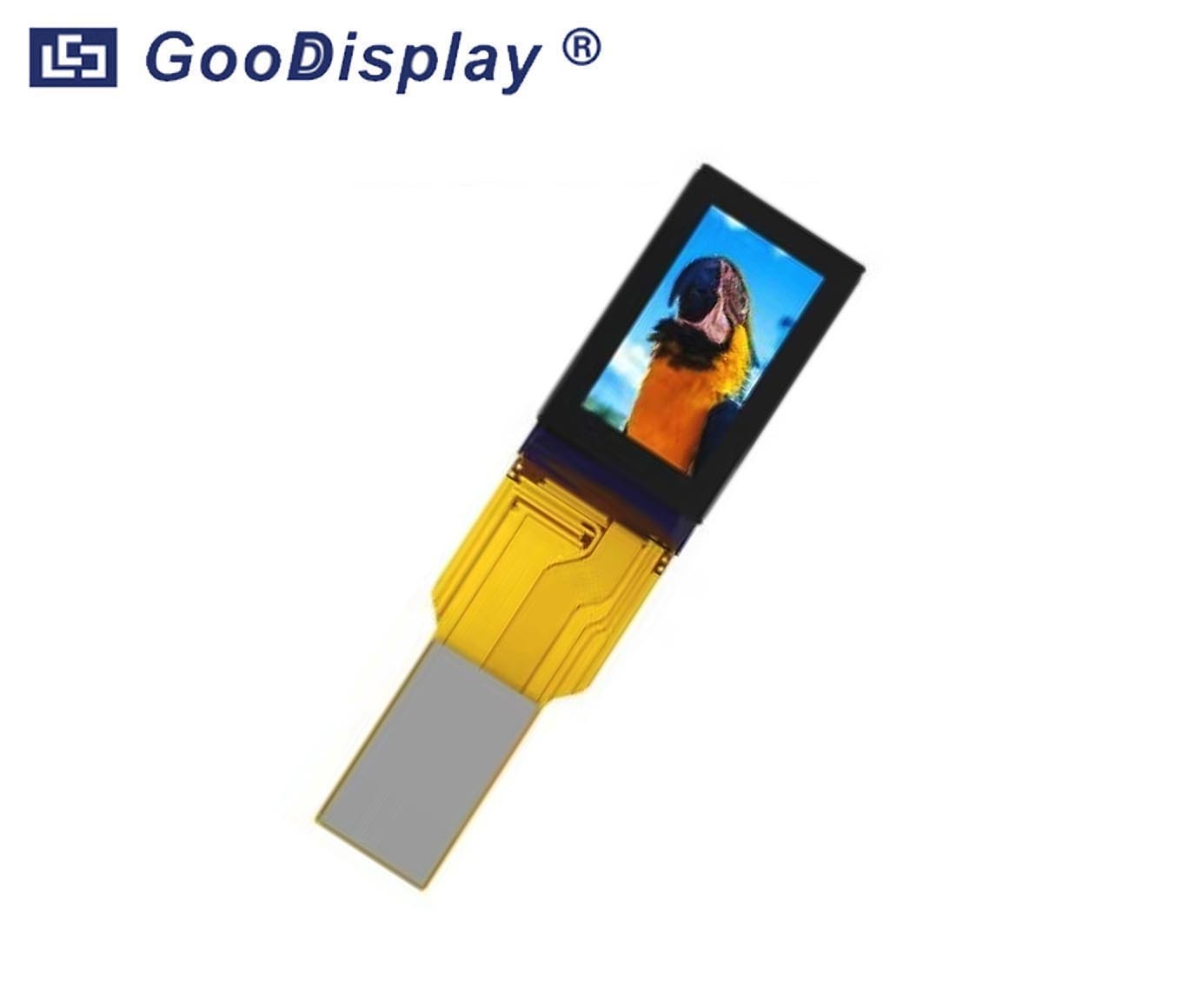The Evolution and Impact of TFT Panel Monitors in Modern Display Technology
2025-05-21 11:57
In the ever-evolving landscape of display technology, TFT Panel Monitors have emerged as a cornerstone of visual innovation. Short for Thin-Film Transistor Liquid Crystal Displays, these monitors combine advanced engineering with cutting-edge materials to deliver crisp images, vibrant colors, and energy-efficient performance. From consumer electronics to industrial applications, TFT panels have redefined how we interact with digital content.
At the heart of a TFT Panel Monitor lies the Thin-Film Transistor array, a semiconductor layer that controls individual pixels with unprecedented precision. Unlike traditional LCDs, which rely on passive matrix addressing, TFT technology activates each pixel independently through a grid of transistors. This active matrix design minimizes crosstalk between pixels, ensuring sharper contrasts and faster response times. The integration of liquid crystal molecules between glass substrates further enhances image quality by modulating light passage with electrical precision. These components work in tandem to produce High Resolution displays capable of rendering intricate details, making TFT panels ideal for graphic design, medical imaging, and gaming.

The advantages of TFT Panel Monitors extend beyond visual fidelity. Their energy efficiency stems from the use of LED backlighting, which consumes less power than older CCFL systems while offering adjustable brightness levels. This not only reduces operational costs but also aligns with global sustainability goals. Additionally, TFT panels boast slim profiles and lightweight designs, enabling sleek, space-saving form factors. Their durability is another key selling point, as the absence of mechanical parts like plasma cells or cathode-ray tubes ensures longer lifespans and resistance to image burn-in.
Industrial Applications of TFT Panel Monitors are equally diverse. In manufacturing, these displays serve as human-machine interfaces (HMIs) for automated systems, providing real-time data visualization in harsh environments. The automotive sector leverages TFT technology for dashboard clusters and infotainment systems, where reliability under extreme temperatures and vibrations is critical. Medical equipment manufacturers rely on TFT panels for diagnostic tools like ultrasound machines and endoscopy monitors, demanding color accuracy and minimal latency. Even in retail, digital signage powered by TFT panels captures consumer attention with dynamic, high-definition advertisements.
The Consumer Electronics Market has witnessed a paradigm shift due to TFT panels. Smartphones, tablets, and laptops now feature edge-to-edge displays with narrow bezels, made possible by TFT’s scalability and pixel density. Gaming monitors, in particular, benefit from high refresh rates (up to 360Hz) and low input lag, delivering immersive experiences for esports enthusiasts. Moreover, the rise of 8K resolution and HDR (High Dynamic Range) content has pushed TFT technology to new heights, with panels supporting over a billion colors and deep contrast ratios.
Next page:
Related news
Scan and follow us

Mobile website
Quick Navigation
Contact us
Dalian Good Display Co., Ltd.
Address: No.18 Zhonghua West Road, Dalian, China
E-mail:einkpro@good-display.com
Friendly link:
Copyright © 2023 Dalian Good Display Co., Ltd.





